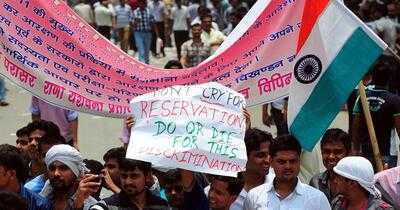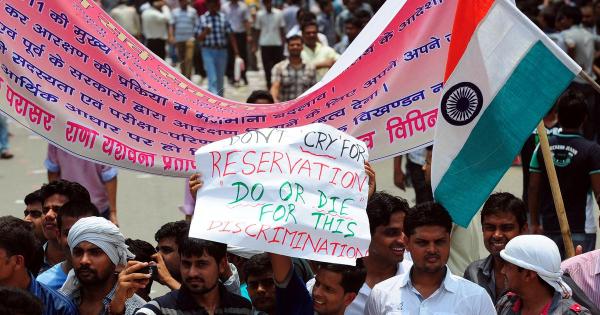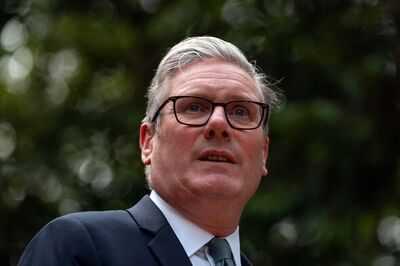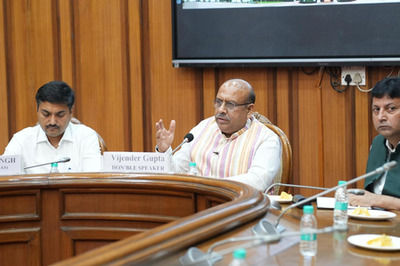

Occupational mobility has widened the gap between Brahmins and Dalits rather than narrowing it, a new analysis of socioeconomic data from Uttar Pradesh reveals.
It finds that there is only marginal movement across occupations of a similar nature or rank among Dalits and no significant mobility among the Other Backward Classes despite decades of political mobilisation and welfare policies. This caste-based segregation affects labour market outcomes and contributes to persisting social and economic inequalities across castes, said the analysis.
Srinivas Goli, associate professor in demography at the International Institute for Population Sciences, Mumbai, says that as anti-reservation sentiments grow among upper castes, only data, facts, and the accurate dissemination of information can provide meaningful solutions.
“Our data from Uttar Pradesh suggest limited occupational mobility among Jatav-Chamars, which is largely lateral – meaning they have not significantly moved into higher-ranking jobs but have shifted within similar occupational classes,” Goli says, referring to the analysis with researcher Rukmi Pradeep on caste and mobility.
After a six-year delay, the Union government notified that the Census would be undertaken with the reference date of March 2027.
India was one of the few countries that had not conducted the Census due to the pandemic. Significantly, after nearly a century, India will also enumerate all castes. This exercise can significantly reduce classification...
Read more
-
Labour's biggest mistake laid bare in devastating poll

-
Delhi Speaker sets up House panels for welfare of senior citizens

-
Full confirmed list of Arsenal ins and outs for summer transfer window as two more deals announced

-
Why Lord Rama is Called Maryada Purushottam: The Ideal Man

-
7 Amazing Benefits of Witch Hazel for Your Skin
